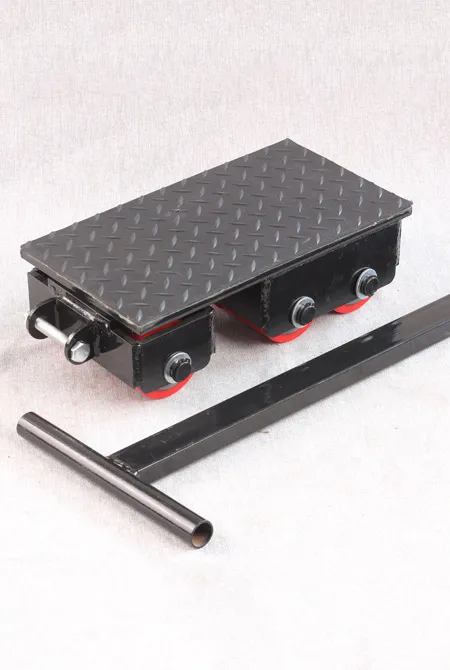Compact Overhead Crane Solutions for Efficient Material Handling and Space Optimization
Mini Overhead Crane A Compact Solution for Lifting Needs
In the industrial world, efficiency and space optimization are paramount. As businesses strive to enhance productivity while minimizing operational costs, the mini overhead crane has emerged as an ideal solution for lifting and transporting materials in confined spaces. These compact cranes provide impressive capabilities without the need for large, cumbersome equipment, making them a popular choice across various sectors.
What is a Mini Overhead Crane?
A mini overhead crane, as the name suggests, is a smaller version of a traditional overhead crane system. It is designed to operate in tight environments where larger cranes cannot fit. Typically, these cranes consist of a hoist attached to a bridge beam that runs along two parallel tracks mounted on the walls or ceiling. The most notable advantage of mini overhead cranes is their ability to efficiently handle lighter loads, often ranging from 0.5 to 10 tons, depending on the model and specifications.
Versatility in Usage
One of the standout features of mini overhead cranes is their versatility
. They are suitable for a wide range of applications across different industries, including manufacturing, warehousing, logistics, and even construction. For instance, in manufacturing plants, these cranes can significantly enhance productivity by enabling quick and safe movement of materials, components, and finished products. In warehouses, they can assist in handling pallets and storage boxes, streamlining the loading and unloading process.Additionally, mini overhead cranes can be tailored for specific tasks. Various configurations and accessories, such as different hoist types, shackles, and slings, can be implemented to meet unique operational needs. This adaptability allows businesses to maximize the utility of their lifting equipment and improve operational workflow.
mini overhead crane

Space-Efficient Design
The compact design of mini overhead cranes is one of their primary advantages. These cranes typically require less vertical and horizontal space than traditional overhead crane systems. Their installation can often be completed with limited alterations to existing facilities, reducing downtime and allowing for a quicker return to normal operations. Moreover, the ability to mount the crane on the ceiling or walls ensures that valuable floor space is kept clear for other activities, thereby enhancing overall efficiency within the workspace.
Safety Considerations
The safety of personnel and equipment remains a critical factor in any lifting operation. Mini overhead cranes come equipped with various safety features to protect both operators and loads. These can include overload protection mechanisms, limit switches to prevent the crane from exceeding its designed range, and emergency stop buttons. Additionally, proper training for operators is essential to ensure safe handling and operation.
Conclusion
The mini overhead crane represents a significant advancement in lifting technology, marrying compact size with remarkable functionality. For businesses operating in confined spaces or those looking to improve their material handling processes, these cranes offer a practical and efficient solution. Their versatility, space-saving design, and emphasis on safety make them invaluable assets in today's fast-paced industrial environment. As industries continue to evolve, the mini overhead crane will likely remain a key player in enhancing productivity and operational efficiency, proving that sometimes, less truly is more.
-
Unlock Seamless Relocation with Our Heavy Equipment Moving ExpertiseNewsJun.06,2025
-
Unleash Unrivaled Flexibility with Our Adjustable Gantry CraneNewsJun.06,2025
-
Unleash Heavy-Duty Efficiency with Our Industrial Gantry Crane SolutionsNewsJun.06,2025
-
Revolutionize Steel Handling with Our Magnetic Lifter RangeNewsJun.06,2025
-
Master Equipment Mobility with Premium Machinery Mover SolutionsNewsJun.06,2025
-
Elevate Your Material Handling with Magnetic Lifter TechnologyNewsJun.06,2025
-
YS Permanent Lifting Magnets: The Smarter Way to Handle SteelNewsMay.22,2025
